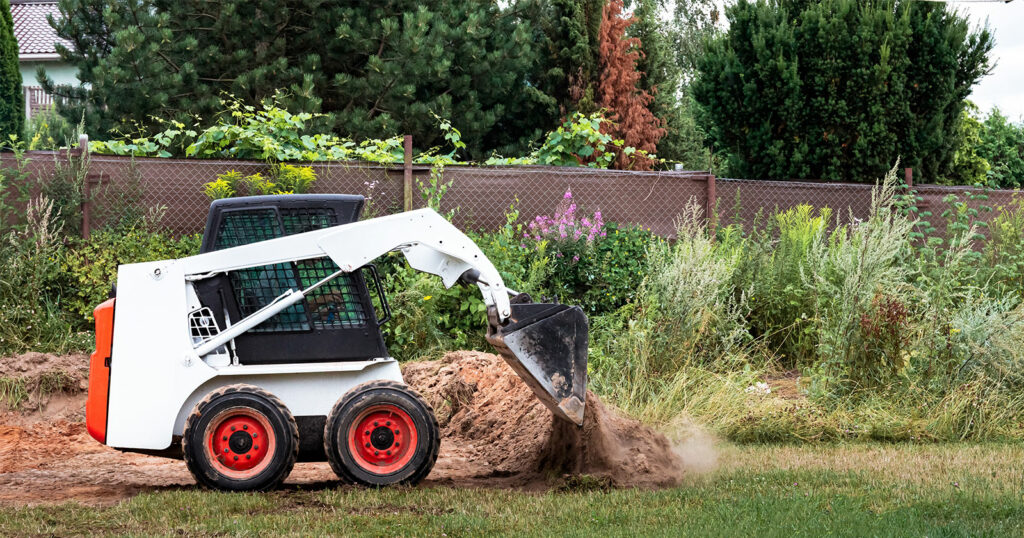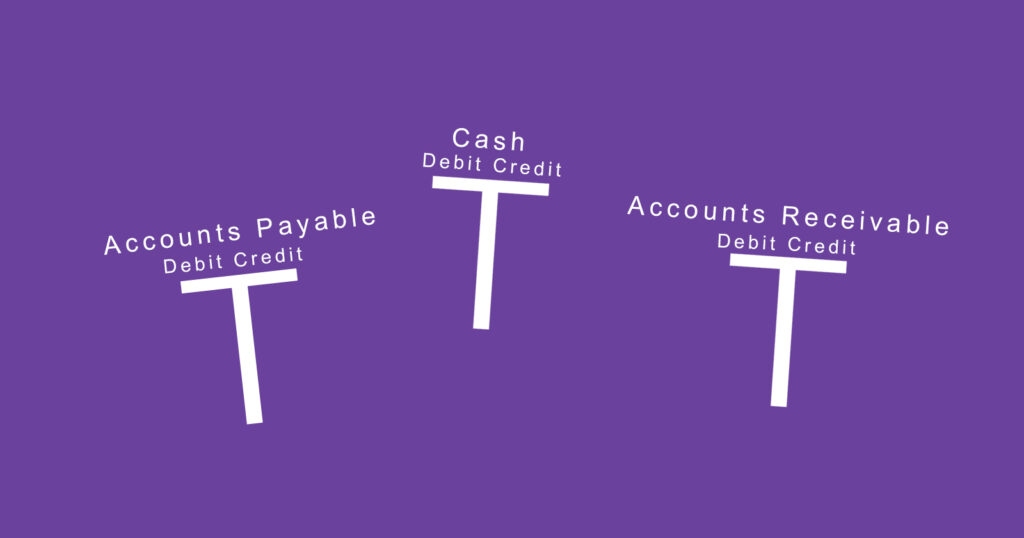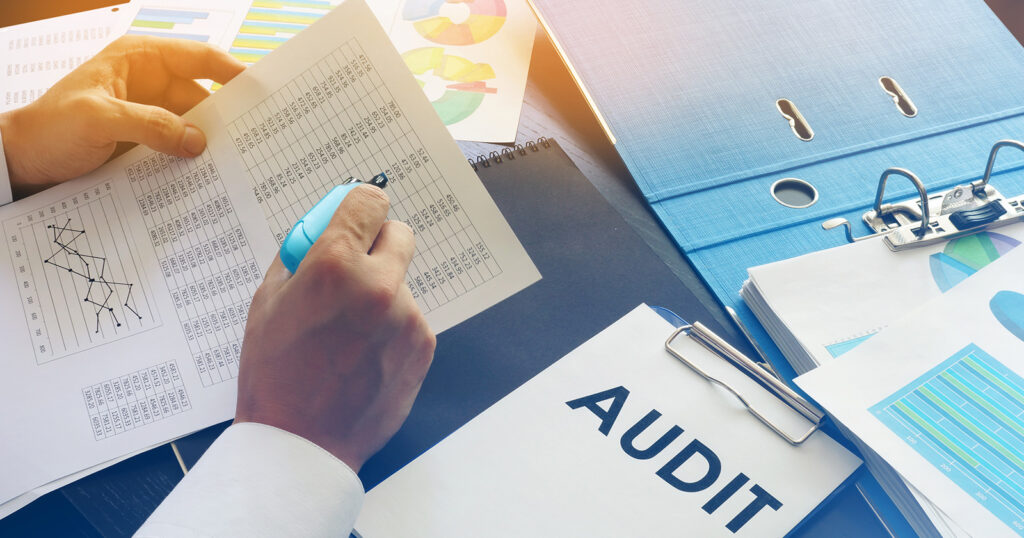Owning assets in a business inevitably means depreciation will be required since nothing lasts forever, especially for fixed assets. It is therefore specifically important for accountants to understand the different methods used in depreciating assets as this constitutes an important area to be taken care of by accounting professionals.
The double declining balance depreciation method is one way to account for the useful life of assets and we are going to explain and demonstrate how it works.

Double Declining Balance Depreciation: What Is It?
The double declining balance method is a method used to depreciate the value of an asset over time. It is a form of accelerated depreciation, which means that the asset depreciates at a faster rate than it would under a straight-line depreciation method.
For a company using this depreciation method, the expense will be higher in the first years of the asset’s useful life and as time goes by, the expense will get smaller and smaller.
This method is best suited for assets that lose a big portion of their value at the beginning of their useful life, cars or any items that become obsolete quickly are good examples.
Formula to Calculate the Double Declining Balance Depreciation
To calculate the depreciation using the double declining balance method, you will need the following information:
- The original cost of the asset
- The expected useful life of the asset (this is needed to estimate the depreciation rate)
- Remaining salvage value (not directly needed for calculation but good to know – we’ll explain why in the example section)
Once you have this information, you can use the following formula to calculate the depreciation for a given year:
Depreciation = (2 x Standard Depreciation Rate) x Book Value
Where:
- Standard Depreciation Rate, typically expressed as a percentage, is the rate at which the asset depreciates every year. For the double declining balance method, the rate is equal to twice the straight-line depreciation rate.
- Book Value is the original cost of the asset.
Read More:
How to Calculate Depreciation Expense: Straight Line Method
Example Calculation of Double Declining Balance Depreciation

Suppose you have a company car that costs $100,000, has a useful life of 10 years, and a salvage value of $10,000. Using the double declining balance method, the depreciation rate would be twice the straight-line rate, or 20%.
This depreciation rate is the result of doubling the standard depreciation rate using the straight-line method where it would be 10% (1/10 years = 10%).
The first year’s depreciation would be calculated as follows:
Depreciation = (2 x 10%) x $100,000 = $20,000
The remaining life of the asset would then be reduced by 1 year with the book value reduced to $80,000 ($100,000 – $20,000), so for the second year the calculation would be:
Depreciation = (2 x 10%) x $80,000 = $16,000
This process would be repeated for each year until the asset’s value reaches the salvage value or the end of its useful life, whichever comes first. It would look like the following table:
Year | Book Value (at beginning of the year) | Depreciation Expense | Book Value (at end of the year) |
| 1 | $100,000 | $20,000 | $80,000 |
| 2 | $80,000 | $16,000 | $64,000 |
| 3 | $64,000 | $12,800 | $51,200 |
| 4 | $51,200 | $10,240 | $40,960 |
| 5 | $40,960 | $8,192 | $32,768 |
| 6 | $32,768 | $6,554 | $26,214 |
| 7 | $26,214 | $5,243 | $20,972 |
| 8 | $20,972 | $4,194 | $16,777 |
| 9 | $16,777 | $3,355 | $13,422 |
| 10 | $13,422 | $3,422* | $10,000 |
*You’ll note that the depreciation expense on the 10th year will be $3,422 but using the formula, the calculation would generate an actual expense of $2,684 ($13,422 x 20% = $2,684).
The expense on the 10th year is boosted to $3,422 since we know the salvage value of the car after 10 years is $10,000 and therefore, we would expense the entire remaining undepreciated amount on the 10th year.
Read More:
Cash Flow Statement: Indirect Method [Explained & Example]
Other Depreciation Methods Worth Understanding
As an accountant, one should be comfortable with all methods of depreciation. We just looked at the double declining balance depreciation method, the others shouldn’t take too long to master.
Three other depreciation methods you are going to want to learn are:
- Straight line method
- Units of production method
- Sum of years method
On top of that, it is worth it for small business owners, larger businesses and anyone owning a rental, to familiarize themselves with Section 179 depreciation and bonus depreciation.
There’s a reason why accountants are needed in companies. Business owners do not want to worry about depreciation schedules and various depreciation methods.
Double Declining Balance Depreciation Method: Recap and Final Thoughts
Double declining balance method is an accelerated depreciation for items that lose most of their value at the beginning of their useful life.
You need 2 things to calculate depreciation:
- An asset’s cost or the book value
- Depreciation rate (generally double the standard rate)
Depreciation expense under this method will be high in the beginning but decreases year on year.
Getting yourself familiar with this depreciation method will be important for any accountant but don’t stop here, explore the other depreciation methods too, with the straight-line method being the easiest to understand.



